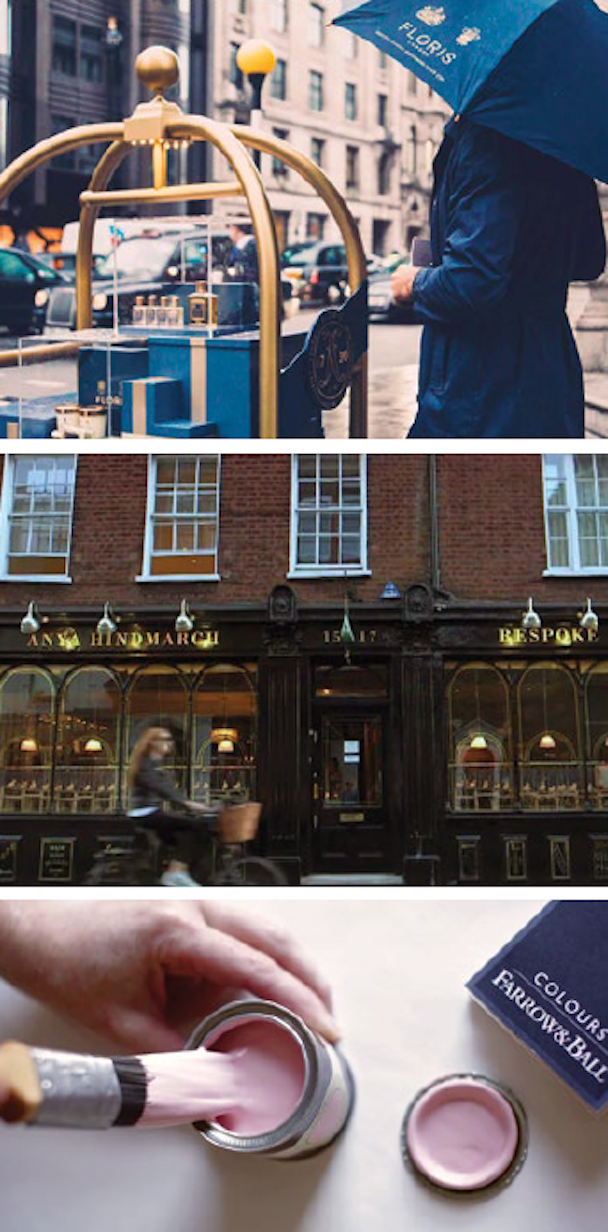The Drum Network does retail: Selling luxe online
The British luxury goods market is expected to boom in the future, but what will drive this growth? George Theohari of Speak Media suggests that digital will be crucial to the British luxury sector.

The last few years has been a prosperous time for British luxury brands, with high demand from overseas driving sales of everything from Burberry trench-coats to Bentley cars. And despite an uncertain outlook in key markets, a recent forecast by trade association Walpole predicts the British luxury market could be worth up to £57 billion by 2019 – a near 100 per cent increase compared to the most recent data, recorded in 2013.
A key driver of this growth is undoubtedly the embrace of digital innovation, and in particular e-commerce, with a recent survey showing that more than half of luxury goods brands are now selling online.
While sky-rocketing rents may restrict international expansion of ‘bricks and mortar’ stores for most, the right digital strategy can help luxury brands establish a powerful online presence – and dramatically increase global sales.
Burberry, the oft-cited exemplar of fashion’s move towards ‘real-time’ interaction with consumers, was among the first to live-stream its fashion shows. And it continues to lead the way in digital and social: the label has announced that from September, all of the clothes featured in its catwalk shows will be available to buy immediately both in store and online.
Even smaller players, however, can reach out to what analysts refer to as a ‘second wave’ of global luxury consumers – those who value discernment (as opposed to overt opulence) through heritage, customisation and hand-crafting.
Fashion designer Matthew Williamson, for instance, took the decision in late 2015 to close his flagship London boutique and focus on online sales, in order to “re-energise and capture our growing clientele online”. He told Vogue: “You can’t deny the experience of a store. It’s fantastic if you’re a global brand and you’ve got the power or the funds to support that bricks-and-mortar space, but we certainly weren’t and aren’t.”
The challenges for premium brands in developing a consistent, high-quality experience at every stage of the consumer journey are, however, substantial. For one thing, it’s hard to ‘feel’ the quality in the virtual world, so how do you engage the senses? And how do you replicate the VIP atmosphere of a luxury store – from fittings to personalised service – when consumers are clicking and scrolling around a screen?
Some have focused on incorporating rich media and clunky ‘bells and whistles’ functionality to impress visitors – often at the expense of fast, responsive user interfaces that are integral to the online shopping experience, particularly on mobile.
Others, though, have found the right balance – blending beautiful design, detailed imagery, and relevant, ‘added value’ content, that recreates the luxury retail experience online in a bid to reach out to affluent, digital savvy consumers around the world.
Here are a few of our favourite examples of smaller British luxury brands who are showing the rest of the world how to make e-commerce look effortlessly elegant:
Anya Hindmarch
A modern yet beautiful website that perfectly showcases designer Anya Hindmarch’s playful take on premium products – from the ‘Anya’s World’ multimedia digest of upmarket London life and style to the content-led landing page for bespoke services.
Merchant Fox
Every product has a detailed, well-written description and a ‘provenance’ tab to highlight the brand story. As founder Deborah Meaden said: “The internet is where we wrap up our values and story and say this is what we’re all about – not just through words and pictures – we’re going to treat you well: the delivery will be amazing, the packaging will be absolutely fabulous. You’ve got to be able to tell that story through the internet.”
Private White VC
A digital presence that’s absolutely packed with character – from the atmospheric illustrations to the use of Google Maps’ personalised street view to give an online peek into life at the brand’s Manchester factory. And a jolly good style blog, ‘The Journal’, to boot.
Vertu
As you’d expect from a brand that combines exclusive craftsmanship with modern technology and marketing, Vertu’s site is an object lesson in catering for the discerning consumer. The ‘Creating Extraordinary’ section slickly showcases the handcrafted process behind each phone, while the product descriptions are anything but ‘techie’.
Farrow & Ball
Self-titled ‘craftsmen in paint and paper’ Farrow & Ball know what they’re doing when it comes seducing the consumer into picking the right shade of ‘Mole’s breath’ grey. Featuring Joa Studholme, an international colour consultant, every single colour has its unique story told via a 30-second video hosted on the high definition Vimeo platform. It’s like having your own personal assistant, guiding you through every step of the unfathomably tough, yet life-defining decision process – all to ensure you pick the right colour. There are plenty of reference points to feed customer inspiration and a whole host of ‘advice’ content dedicated to assisting the process, from ‘Customer Inspiration’ which places the paint in situ, to ‘Colour Schemes’.
George White Theohari is editorial director at Speak Media.
